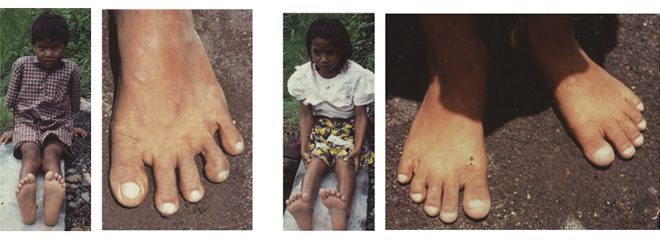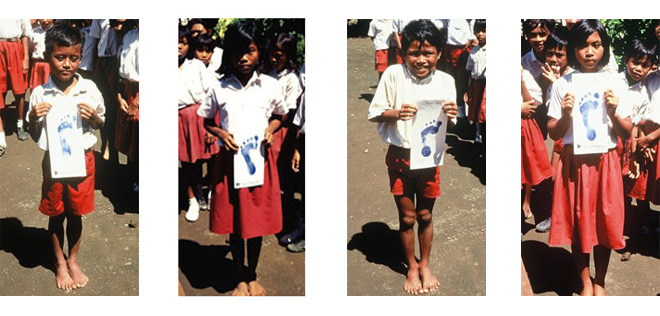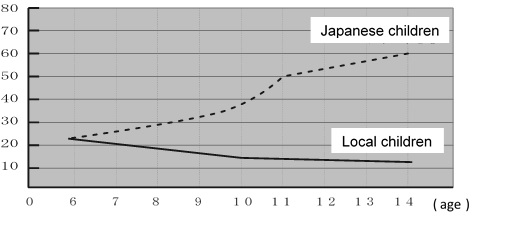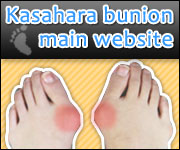The difference between children in Japan and in the countries where people walk barefoot
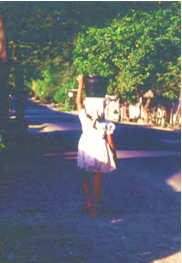
The sole balance of children in Japan begins to differ between that of children in countries where people walk barefoot between the age of 5 or 6 and will be further developed by 9 to 10. As the children age, the arch of their soles strengthens with their toes grabbing the ground. Because the foundation of their body is sturdy, the upper body is also very stable, improving their flexibility, balance and agility.
On the other hand, in Japanese children, their toes do not touch the ground and have no arch of the sole. Because their foundation is not sturdy, the upper body also becomes unstable, enabling the development of hunched back and scoliosis. As with a stack of bricks, if a bottom brick is distorted, a brick above has to compensate for the inclination. When this happens with the neck, it can affect the autonomic nervous system, resulting in autonomic imbalance, depression and other symptoms with no clear causes. With an unbalanced sole at young ages, malfunction of the body and bad posture appears around the age of 10 years old. Approximately 22% of children with these conditions will never recover completely because with each passing year, the more difficult it becomes to improve
◆The theory of blocks:

If the block in the first row tilts, then the blocks above it will tilt to maintain their balance. If the blocks in the first row are sturdy, many blocks can be placed above them.
Balanced sole of children in the countries where people walk barefoot
